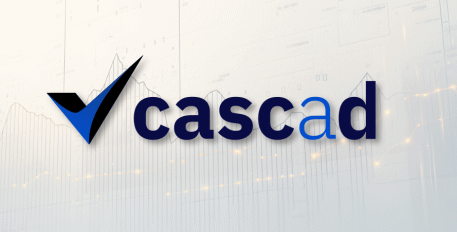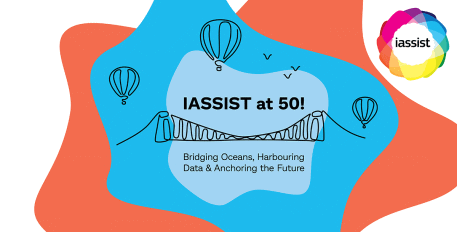« IA FOR HUMANITY » Conference – release of Villani Report
A conference was held on Thursday, 29 March, following the release of the Villani report on artificial intelligence. Many topics were discussed organized around the three main themes of research and training, societal impacts, and economic policies. Questions like: Can AI enter the University? Can AI replace our jobs? At what stage of AI evolution are we today? How can we organize research and training to better develop AI knowledge in France and Europe? Can we trust algorithms? And more
There was also the question of the “fuel for AI” –data essential for feeding the input of learning algorithms.
Yann Le Cun, a researcher in Artificial Intelligence and Artificial Vision, explained that research is now mostly done on public data. He explained that before having enough existing data to conduct the research, data were sometimes created for these purposes. He added, however, that in some areas where data are particularly sensitive, as is the case in health, it is necessary to make them available to research communities under appropriate security conditions. Frédérique Vidal, Minister of Higher Education, Research and Innovation, then insisted on the wealth of health databases in France, which constitute a considerable asset for research and innovation.
Professor Ran Balicer gave examples in the health field of the progress expected from data processing and AI. In particular, it will be possible to prevent the occurrence of a public health incident several years in advance, to allow health professionals to intervene more upstream than a posteriori of the incident and to put in place more precise and adapted treatments.
Already in France, we are starting to see the effects of the emergence of AI technologies. At CASD, we have been welcoming projects for nearly 3 years using AI algorithms on very detailed data. This is the case not only for a project with BNP Paribas and Datastorm, but also in the medical field for projects using AI to predict serious pathologies and optimize the monitoring of diseases requiring heavy treatment.






